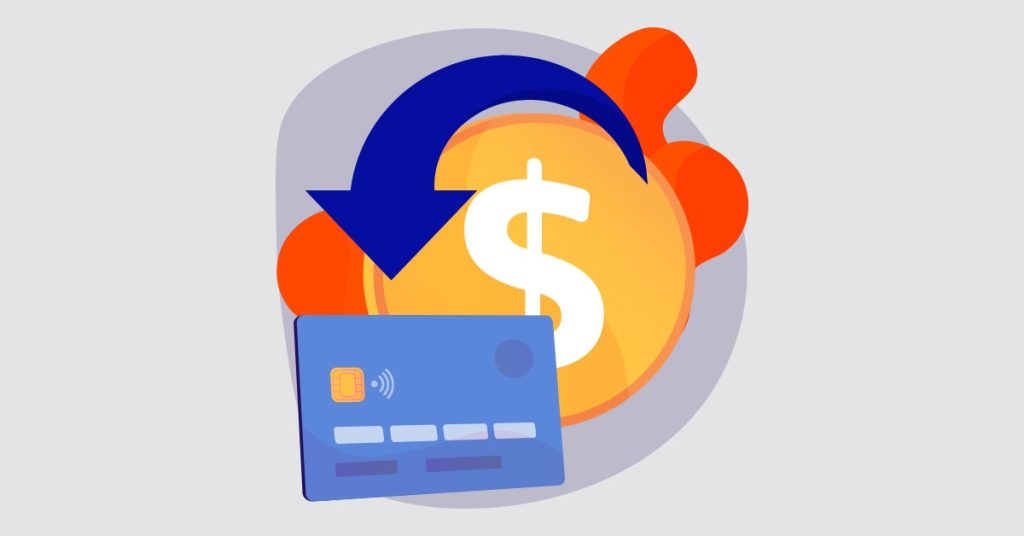Chargebacks are a significant aspect of payment processing. As e-commerce grows, so does the risk of chargebacks, which can lead to lost revenue and operational challenges. This guide outlines practical steps to manage chargebacks, helping businesses minimize their impact.
Understanding Chargebacks
What Are Chargebacks?
Chargebacks occur when a customer disputes a transaction, prompting the issuing bank to reverse the payment. Originally designed to protect consumers from fraud, chargebacks have evolved into a tool for addressing various issues, including misunderstandings and intentional abuse, also known as “friendly fraud.”
Key Facts:
- Annual Cost: Businesses lose over $40 billion annually due to chargebacks, including fees, lost sales, and administrative costs (VISA, Mastercard).
- Fraudulent Chargebacks: About 86% of chargebacks are estimated to be fraudulent or friendly fraud (Stripe.com).
- Industry Impact: E-commerce merchants face chargeback rates up to 0.9%, higher than physical stores (Checkout.com).
Types of Chargebacks:
- Fraudulent Transactions: The cardholder claims the transaction was unauthorized.
- Product or Service Issues: Disputes due to non-delivery or dissatisfaction with the product/service.
- Clerical Errors: Incorrect amounts, duplicate transactions, or other processing mistakes.
Table 1: Common Chargeback Reason Codes
| Reason Code | Description | Common Cause | Resolution Strategy |
|---|---|---|---|
| 4837 | No Authorization | Stolen card | Use fraud detection tools |
| 4853 | Not as Described | Product/service | Improve product descriptions and service |
| 4860 | Duplicate | Clerical error | Audit transaction processes |
| 4870 | Fraudulent | Friendly fraud | Maintain detailed records |
This table provides a clear overview of common chargeback reasons and how businesses can address them.

Step-by-Step Guide to Handling Chargebacks
1. Review the Chargeback Notification
Upon receiving a chargeback, the first step is to review the notification. The notification contains details such as the transaction date, amount, and reason code. Timely and accurate review is crucial for an effective response (VISA guidelines).
2. Gather Documentation
Collect all relevant documentation related to the disputed transaction:
- Purchase receipts: Proof of sale and transaction details.
- Shipping records: Confirmation of goods delivery.
- Communication logs: Records of interactions with the customer.
3. Respond to the Chargeback
Businesses typically have 7-10 days to respond (Mastercard, VISA). The response should include a detailed argument, backed by documentation, highlighting any inconsistencies in the customer’s claim.
4. Dispute the Chargeback (When Justified)
Dispute chargebacks when strong evidence supports the transaction’s legitimacy. According to Braintree, businesses win approximately 25% of chargeback disputes, depending on the evidence provided.
5. Implement Preventative Measures
Prevention is crucial. By understanding why chargebacks occur, businesses can implement strategies to reduce their frequency. Consider partnering with companies like Merchanto.org, which offers chargeback prevention services. Merchanto.org, an official partner of VISA and Mastercard, provides tools to help businesses identify and prevent chargebacks. Learn more here.
Table 2: Chargeback Prevention Strategies
| Strategy | Steps | Outcome |
|---|---|---|
| Fraud Detection Tools | Use CVV, AVS, and 3D Secure | Reduce fraudulent transactions by up to 50% |
| Clear Communication | Provide detailed product/service descriptions | Lower chargebacks related to service issues |
| Customer Service Training | Ensure quick and effective dispute resolution | Decrease chargeback rates from disputes |

Best Practices
1. Use Fraud Detection Tools
Fraud is a leading cause of chargebacks. Implement fraud detection mechanisms such as Address Verification Service (AVS), Card Verification Value (CVV), and 3D Secure to reduce fraudulent transactions. Stripe.com reports that these tools can cut fraud-related chargebacks by up to 50%.
2. Maintain Transaction Records
Accurate records are vital in defending against chargebacks. Keep transaction data for at least 18 months (Visa guidelines). This includes communications, invoices, and shipping details.
3. Enhance Customer Service
Poor customer service often leads to chargebacks. Train your team to handle disputes effectively. Resolving issues before they escalate can prevent chargebacks.
4. Adjust Policies
Review and update return and refund policies regularly. Checkout.com notes that flexible return policies can reduce chargebacks by 20%.
5. Monitor Chargeback Ratios
Monitoring your chargeback ratio is essential. A high ratio can lead to penalties or the loss of your merchant account. Mastercard sets the acceptable chargeback ratio at below 1%. Regular audits can help maintain a healthy ratio.
Table 3: Chargeback Management KPIs
| KPI | Target | Importance |
|---|---|---|
| Chargeback Ratio | <1% | Avoid penalties, maintain merchant account |
| Dispute Win Rate | >25% | Indicates strong case management |
| Refund Request Rate | <5% | Shows customer satisfaction and issue resolution |
Conclusion
Managing chargebacks effectively is crucial for business operations. Following the steps outlined—reviewing notifications, gathering documentation, responding promptly, and implementing preventive measures—can significantly reduce chargeback rates and protect revenue.



